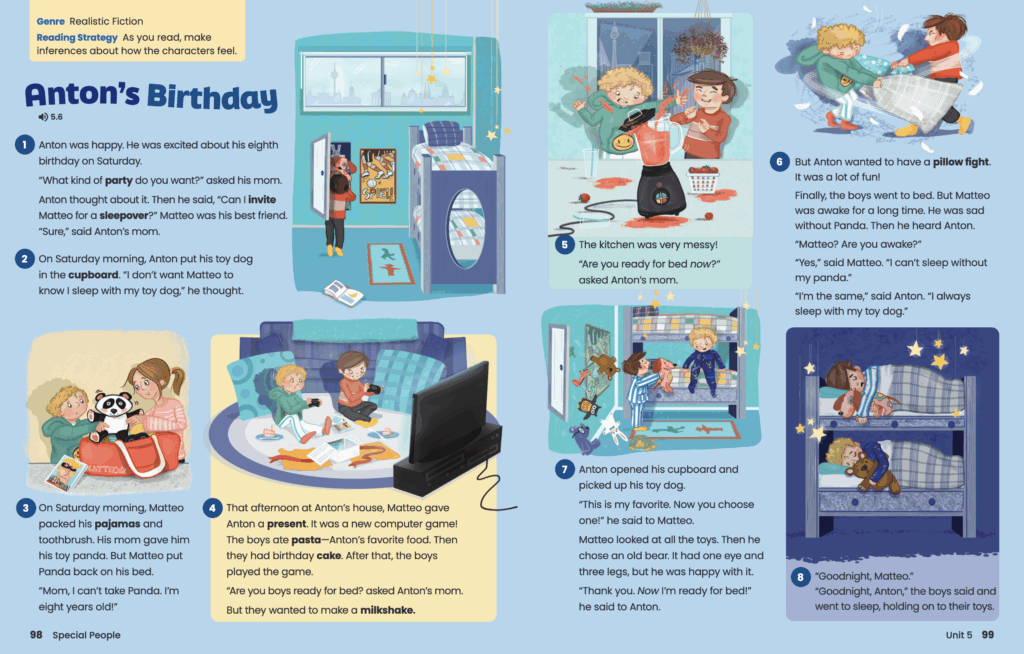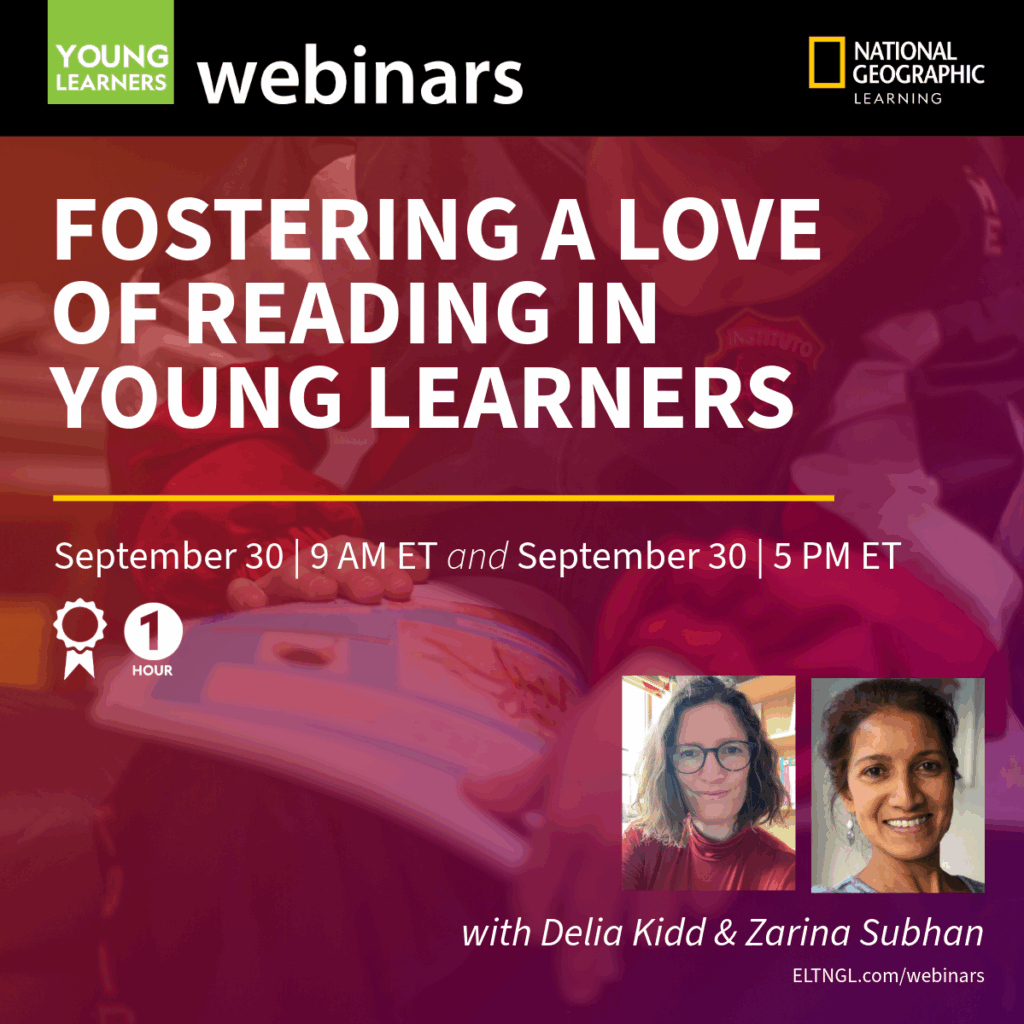I’ve always loved reading. But when I started teaching, I found that my young learners didn’t necessarily share my views. Instead, I found that some of my class didn’t like reading, didn’t read (even in their first language), and felt that reading was boring. My students rapidly divided into two groups — either stronger readers, who enjoyed reading, read more, and developed greater reading fluency and understanding; or weaker readers, for whom the opposite was true.
By helping our young learners engage with and understand a text, we can support them to become better and more enthusiastic readers. So how can we develop our young learners’ reading skills in order to help foster a love of reading? Read on for tips on how to support your young learners with reading.
Consider the types of text that you use
What sort of texts do your young learners encounter in their daily lives? What do they enjoy reading in L1? Using a variety of different text types makes it more likely that our learners read something they enjoy.
Exposure to both fiction and non-fiction texts helps young learners become confident, well-rounded readers. Fiction texts develop imagination and creativity, introduce natural language that mirrors everyday speech, and build learners’ empathy and understanding. Non-fiction texts help expand learners’ background knowledge, introduce students to more formal language, such as academic and content vocabulary, and prepare learners for real-world and cross-curricular reading tasks. This can be particularly valuable if students will be using English as a medium to study other curriculum subjects, such as science, history, and geography.

Introduce the text to your students
Once you’ve chosen an appropriate type and level of text, engage students by introducing them to the text. This could be through a variety of different methods, such as using video or pictures as a prompt to ask questions or make predictions about the text. In the case of a story book or comic strip, you could use a ‘picture walk’ to explore the plot before reading. You could also personalize the topic by asking questions related to your learners’ current experience.
Activate learners’ prior knowledge
Prior knowledge is what helps our learners integrate new information into an existing conceptual framework, facilitating long-term memory and allowing them to transfer information to new concepts. If learners have insufficient background knowledge, it can be difficult for them to predict what will happen next or to connect with the text in a meaningful way.
Simple techniques, such as using a KWL chart or asking questions about the topic, can support learners’ background knowledge. It’s also important to pre-teach relevant key vocabulary.
Use reading strategies
It can be a good idea to explicitly teach and practice reading strategies with your young learners. An example of this could be how to guess the meaning of an unknown word from context, how to use visual clues to help understand a text, or how to skim a text to understand the main ideas. Model these strategies by trying them out all together as a class, and use them regularly to give your learners lots of practice.

Let your students respond to a text
After reading a text, it’s important to give your learners the opportunity to respond to it in some way. For lower-level students, this could be by illustrating the story, or using pictures as a prompt to retell it. For higher-level students, you could ask them to give and justify an opinion about the text, recognize the moral of a story, or even consider creating a class book club where students read different texts of their choice and then share their opinions.
Do your young learners struggle with reading? Which of the above tips do you think they would find most helpful?
If you want more tips to help your young learners enjoy reading…
…register for our upcoming webinar! Our expert presenters will share practical suggestions to develop your young learners’ literacy skills while also showing them the joy of reading.



